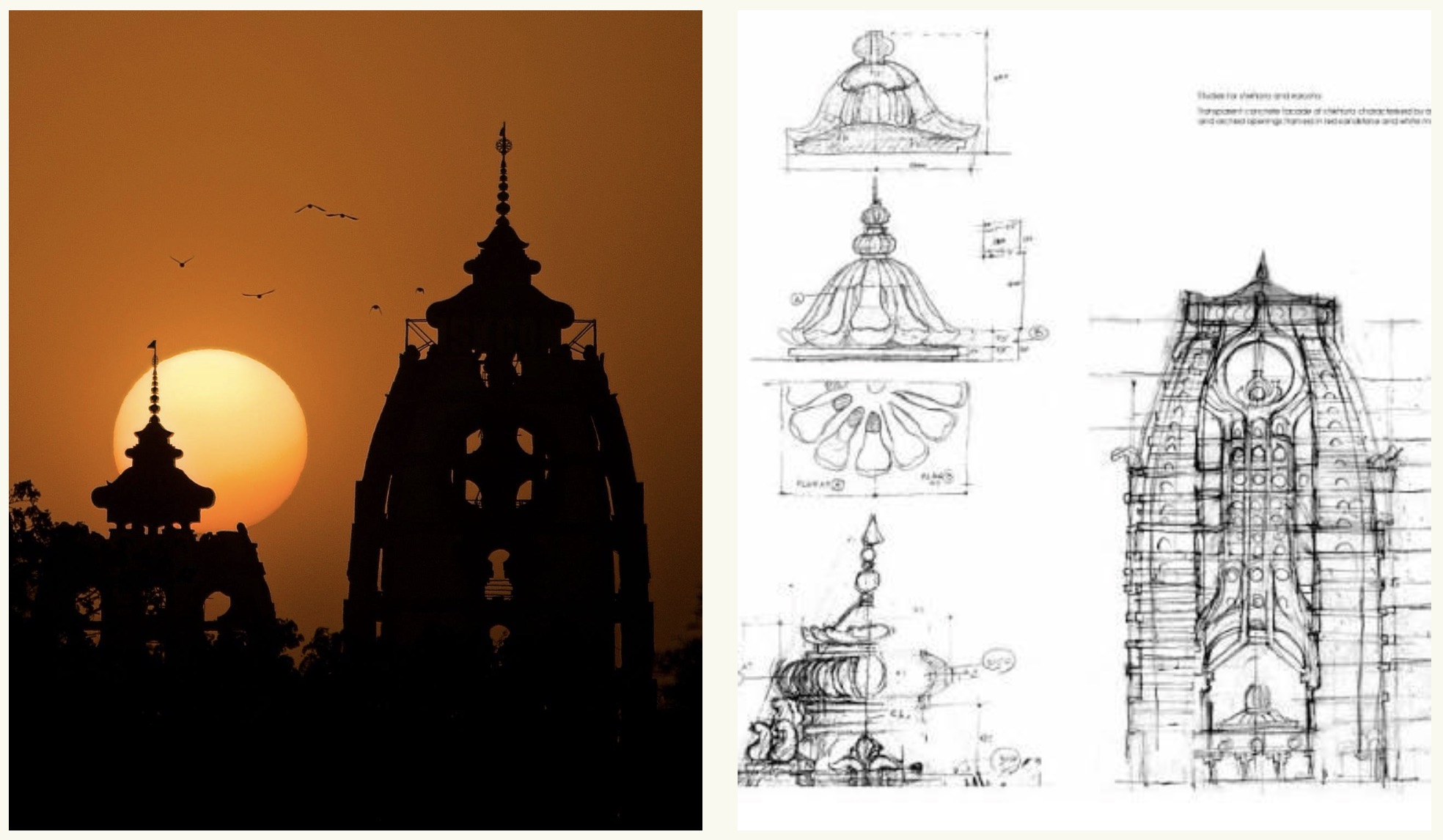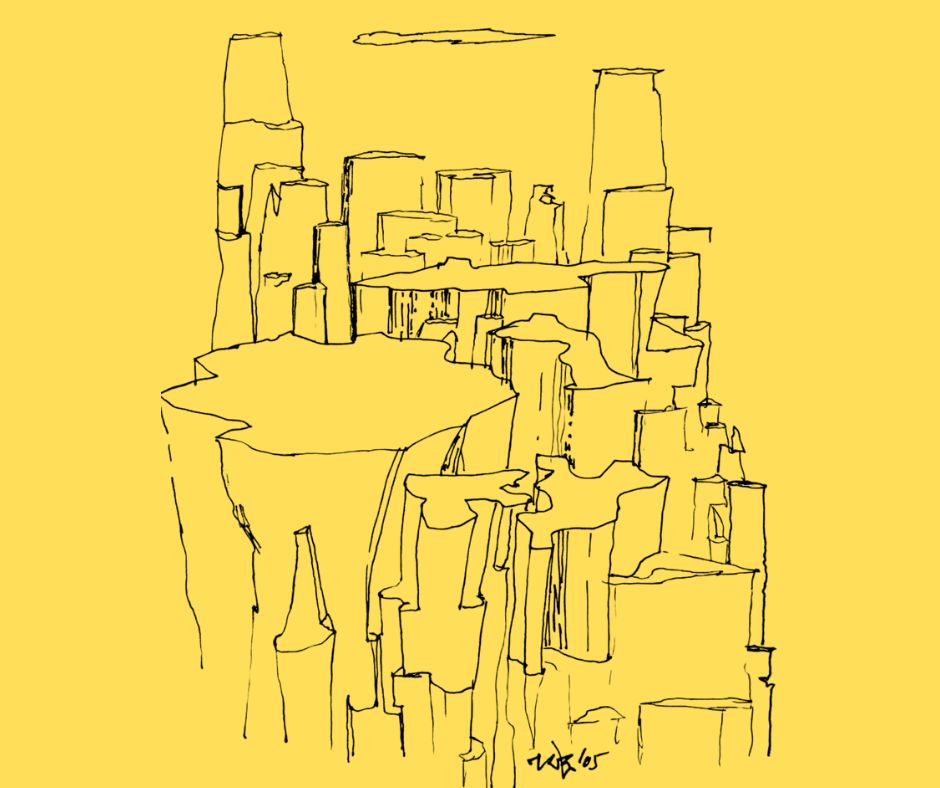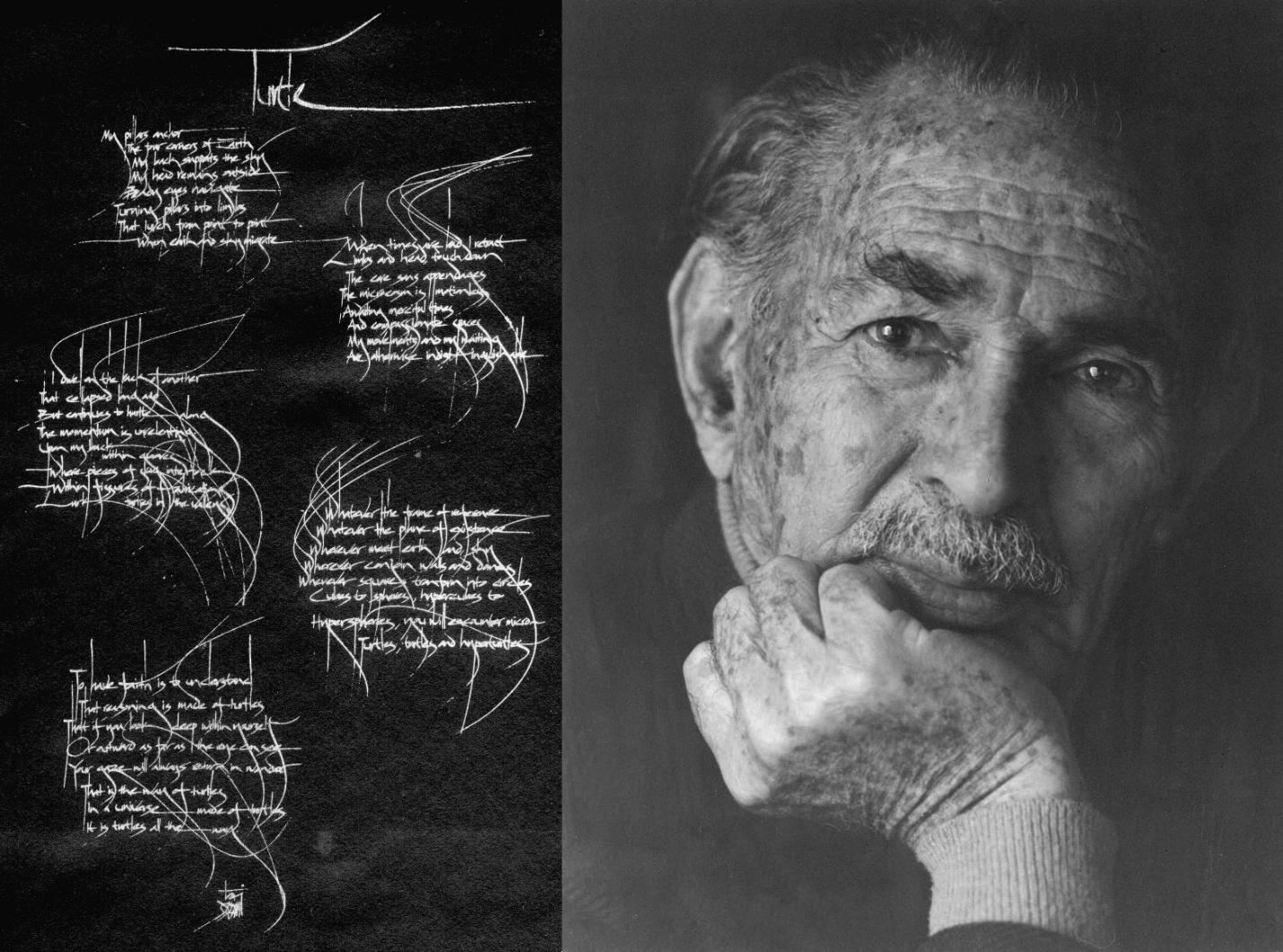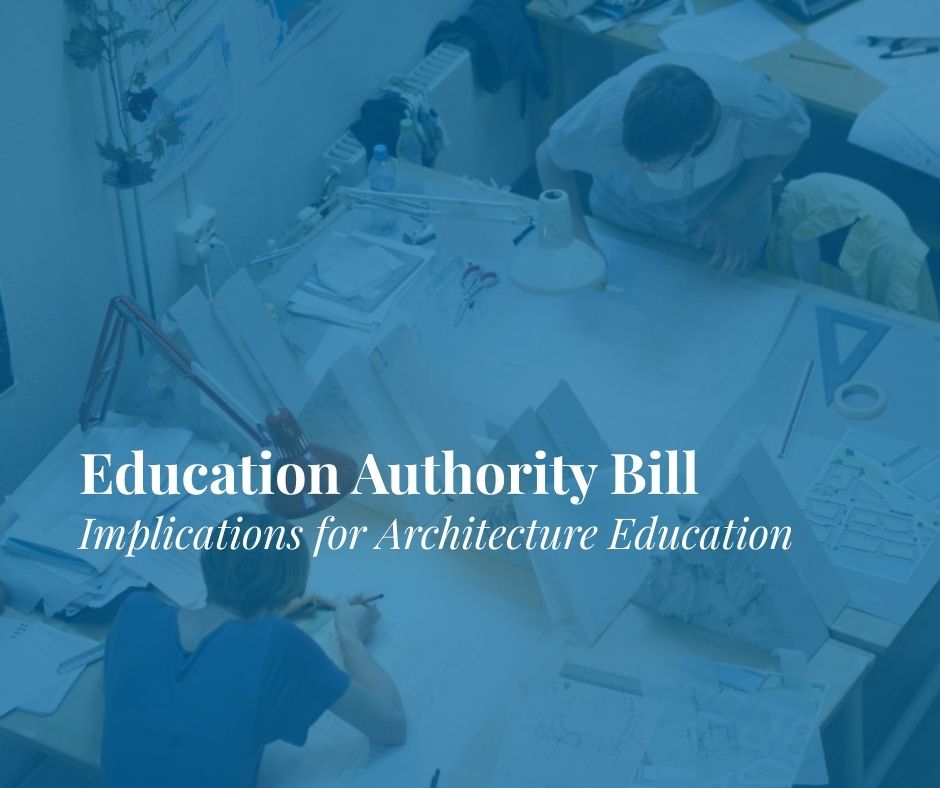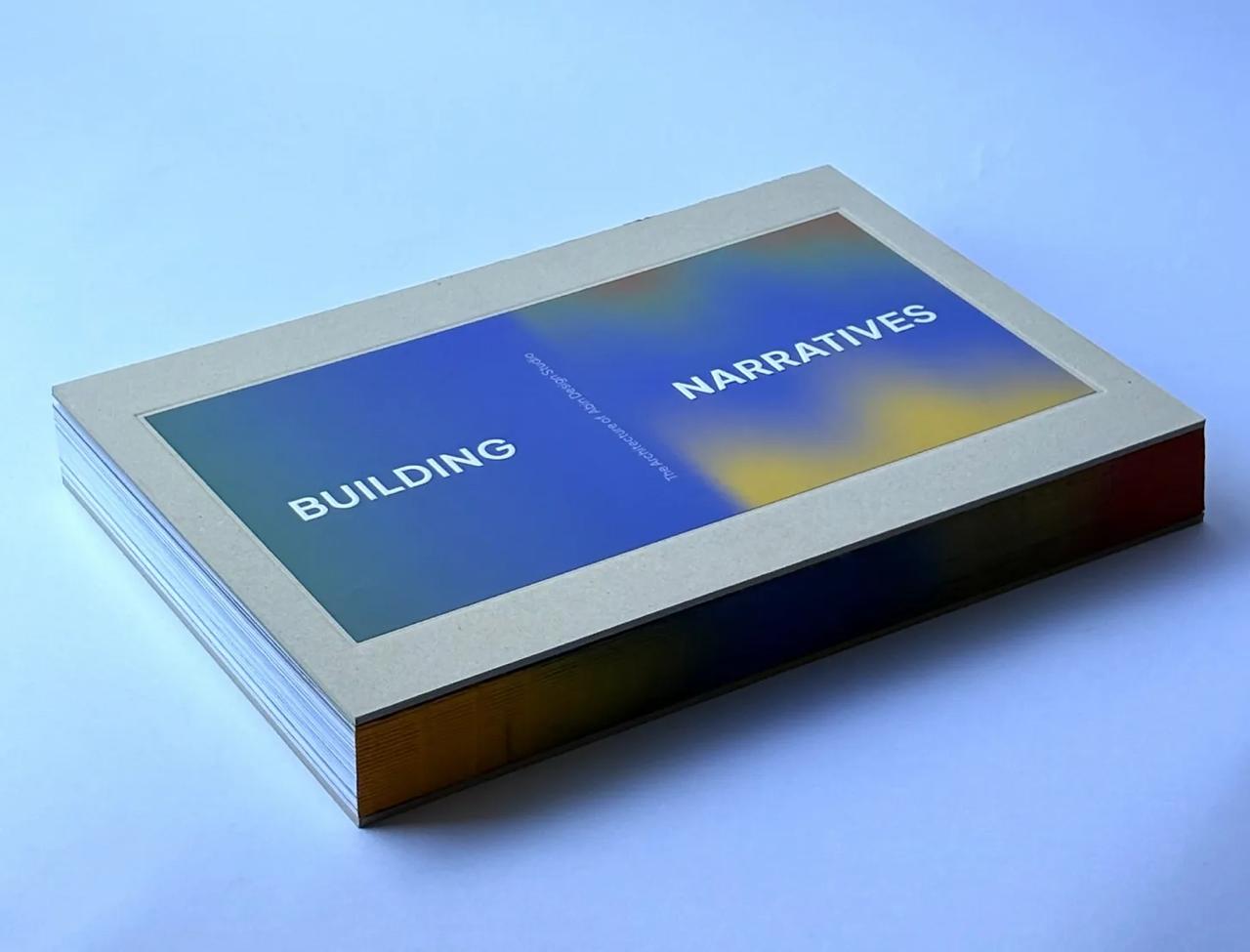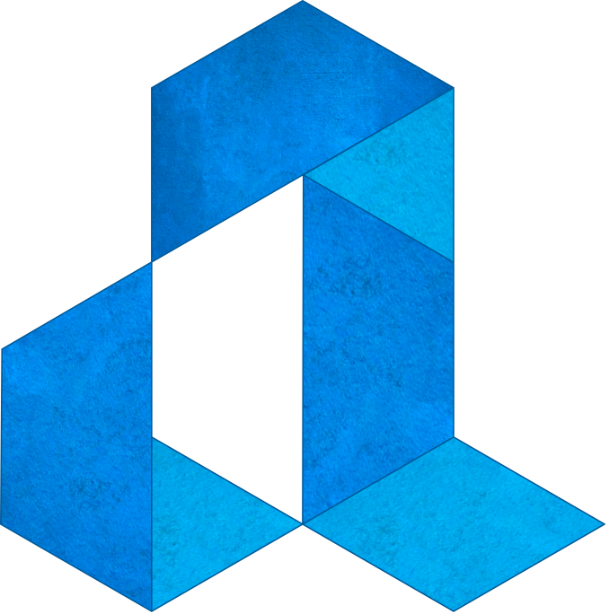Preface
Architecture Profession has undergone a decisive and explicit transition over the last decade. This fact requires to be properly acknowledged by all concerned especially teachers and students. The teaching fraternity should consider the new paradigm shifts while they shape architectural pedagogy to address transmission of knowledge in the existing schools that provide architectural discourses. The student community on the other hand has to be intrinsically motivated and focused while pursuing architectural programs. Using new insights and innovative methods should be the new order of the day. Transmission of learning is often attributed to providing the right information by making use of the appropriate resources at the right time, else learning would become obsolete.
Inquisitiveness and Learning Cycle
In order to achieve positive learning outcomes we have to properly understand how we discover and relate ourselves with the changing times. There has to be an effective correlation between how a person approaches learning, the link between “must know” – “want to know” mode of conditioning. The human activities involved in learning are constituted by the following traits: Exploration, Unfoldment, Discovery and Refinement. Each activity paving way to the other, leading to gradual awareness and increase in an individual’s knowledge base. From the realms of known to the unknown and to the unexplored, bringing about the sense of relevance of rationality in an individual.
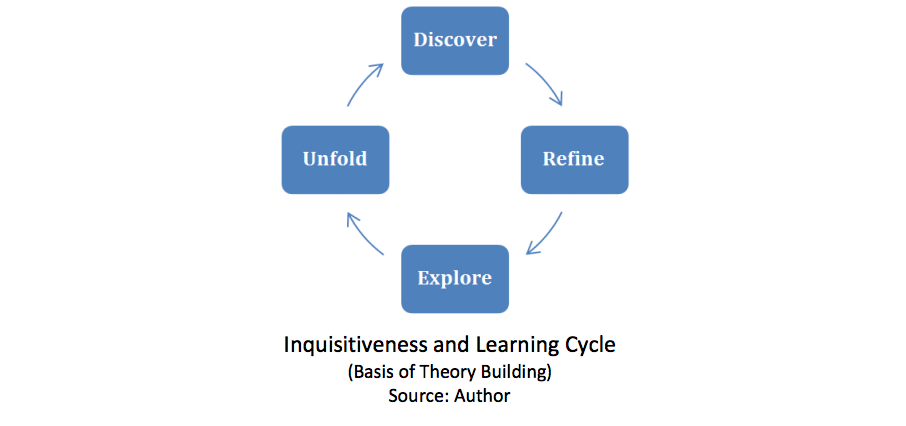
It can be argued that knowledge is not a substitute for architectural imagination but inadequate knowledge would handicap the general level of design. Being satisfied to manipulate formal configurations does not provide insights into the human experience. If the different types of knowledge which architecture requires are ignored, the profession will lose its credibility in the eyes of society. The architectural pedagogy under review should be able to be self-expressive of architectural attributes, effective in application and rational. Architecture education as one of the most distinctive branches of education requires creative capabilities. Since the primary concern of the architects is to produce three dimensional space and form to accommodate related activities, the teaching process should focus on two concerns: on one hand, the balance between formal and socio-behavioural aspects, and on the other hand, balance between students’ faculties of searching, thinking and other activities (Salama 1). Teachers as well as students have to be aware of what actually constitutes the Inquisitiveness and Learning realm, leading to increased level of cognition. This could be illustrated in detail as follows:
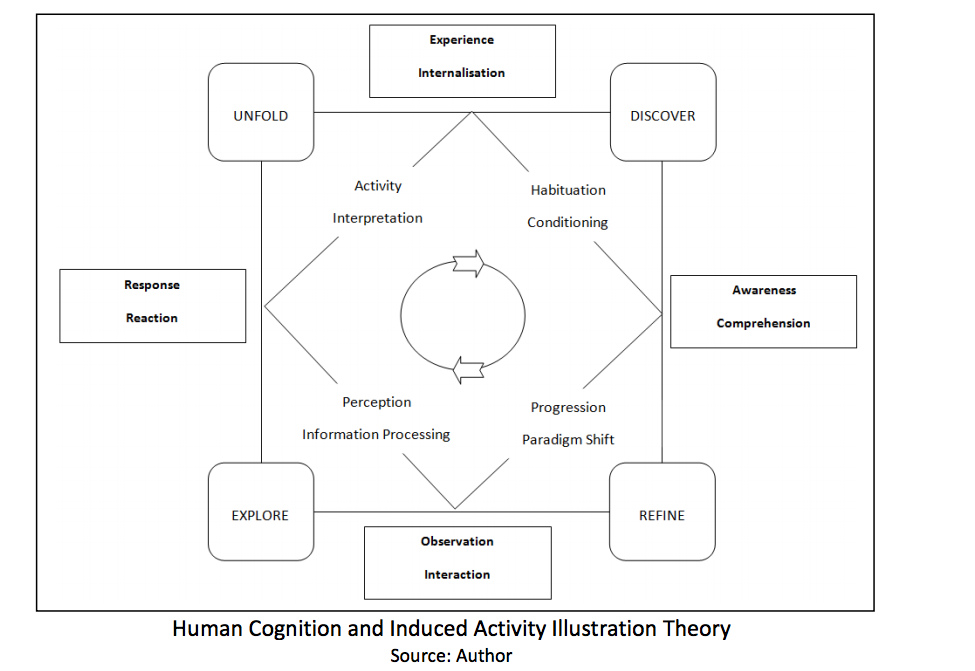
Architectural Design Discourse
The things that we human beings build or evolve are the result of our endeavours in two directions; on the one end we proclaim accomplishment of a purpose – a built environment to accommodate certain activities and on the other to nurture an expression that could communicate desired response based on the context.
During studio discourses it is often seen how abstract thoughts evolve into tangible realities, however a sense of inquisitiveness prevails regarding the methodology adopted during the whole activity. This is subjective to the rational interpretation of the design process adopted to achieve the desired result. Being a teacher of design education certain queries have always aroused my curiosity. How to make Architecture? How and why it is made so? and what do we learn through designing?
Architects tend to generalize the approach towards realisation of built form in architecture as the spatial imprinting of human behaviour in a way that persist as a form while allowing for further and more developed interactions. This statement to an extend could create a broad view but divergent approaches by various architects have only lead to creating a state of complexity in terms of conveying a general way of approach when it comes to design in studios at schools.
In order to prepare students to co relate with such scenarios in their future professional interface, the teacher should have varied exposure to various pedagogical environments. The need of the time is in understanding and evolving appropriate approaches by considering the shift from conventional modes of transmission and transaction to refined modes. Conceptualization of the performative dimensions of architecture, while taking into account the linkages between theory and practice is quite a complex situation. Critical understanding of the importance of architectural pedagogy and its integration within the design studio, leading to a comprehensive whole is a significant aspect to be properly evolved and nourished in the studio.
From Gaudi’s suspended constructions to Le Corbusier five points of the new architecture, architects have sought to formulate new models that encapsulate and consolidate into one bold statement aspects of construction, occupation and context in the broadest sense –always with a view to immediate implementation. It is much harder for academics to come up with new models, just as it is difficult for an educational institute to be a laboratory for cultural experiments in the way that Andy Warhol’s Factory was. Research and experimentation have to be based on real needs, a real drive, and real questions.
Yet, the academization of architecture has become relentless, with more students prolonging their studies, more universities offering more and higher degree courses, and more practicing architects supplementing their income and status by teaching design. The next important question therefore is: how to teach? (Berkel)
Concluding Comments
Teachers and students obviously have various anchoring notions while comprehending the realms of design development. However it is relevant at this point to be more conscious about what formulates the basis of their Habitat Design pursuits. Conceptual development and its refinement in progressive stages of design development play a very crucial role in architectural design discourses. “A concept mirrors the designer’s understanding and interpretation of the design situation” (Mogens Myrup Andreasen 24). In conceptual design level the architect’s genuine level of maturity in addressing spatial issues and cognition of auxiliary factors is put to task. The architect amalgamates his overall observations and provides an explorative yet rational intervention to resolve the spatial issue at a given point of time, capable of addressing the functional and formal aspirations of the project.

*Theoretical Ideations, and Visual Illustration with cognitive reasoning cited in this Article are based on Major Research Work being carried out by the author at CEPT University as part of his Ph.D Program.
Works Cited
- Berkel, B. V. Staedelschule Architecture Class. Retrieved August 31, 2015, from http://www.staedelschule.de/:
- http://www.staedelschule.de/architecture/dean_pages_ben_van_berkel.html#c114
- Guba, Y. S. (1985). Naturalistic Inquiry. USA: Sage Publications, Inc.
- Mogens Myrup Andreasen, C. T. (2015). Conceptual Design: Interpretations, Mindset and Models. Switzerland: Springer International Publishing.
- Salama, A. (1995). New Trends in Architectural Education: Designing the Design Studio. North Carolina: Tailored Text and Unlimited Potential Publishing.
Author:
Ar. Asif R Khan M.Arch in Architecture Design & Education – Associate Prof. Asif R Khan is currently working as Head of Department at Al Salama Institute of Architecture, Perinthalmanna, Malappuram, Kerala, India. He is associated with CEPT University, Ahmedabad as a Doctoral Research Fellow. Officiated as Visiting Teacher at AA School London, UK (2013). He has worked with various Schools of Architecture in India. Has professional exposure in Middle East as well as with various Architectural Consultancies in India on various significant projects. Promotes a Design Studio: Sustainable Horizon Studio – wishes to propagate architecture with social conscience.

